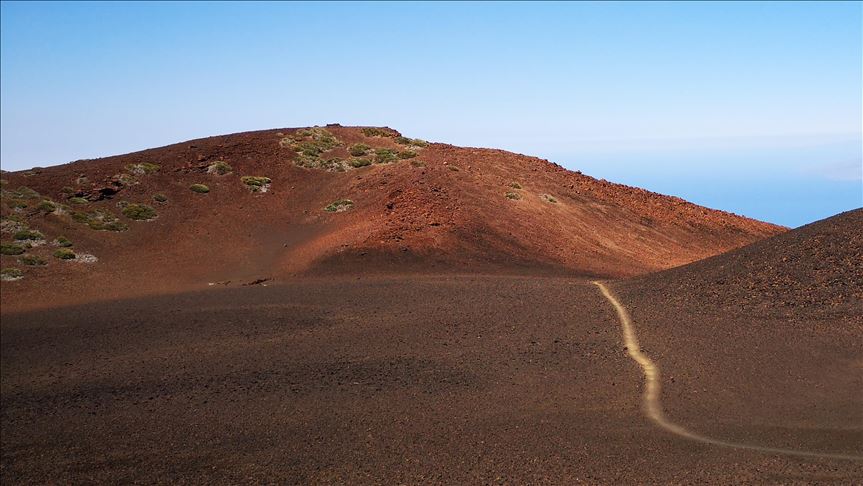SOURCE: Anadolu Agency
DATE: July 19, 2019
SNIP: If carbon emissions remain unabated, Madrid will have a climate more like present-day Marrakesh by 2050, according to a recently published study by Swiss researchers.
The study by ETH Zurich and Crowther Lab suggests that if the world doesn’t band together within the next 11 years – “the point of no return” – to reduce CO2 emissions, the earth could be 2-2.5 degrees hotter within a matter of a few decades. In that scenario, Madrid’s weather is likely to increase by an average of 2.1° Celsius, with the hottest temperatures increasing by 6.4°C.
Already this year, Madrileños have perspired their way through record-breaking heat, with June 28 registering the hottest maximum temperature on record for the month of June – 40.7C (105 Fahrenheit), according to Spain’s national meteorological service.
Experts from the European Environment Agency (EEA) told Anadolu Agency that the most extreme climate scenarios also project precipitation decreasing by more than 40% in parts of Spain during the summer months by the end of the century, leading to longer and more severe droughts across the Iberian Peninsula.
And with at least 74% of Spain at risk of desertification (18% at high or very high risk), according to official data from 2008, could some parts of Spain come to look more like the Moroccan Sahara within our lifetimes?
“The process of desertification will never produce a desert. Desertification creates something much worse than that – a landscape formed by opportunistic ecosystems and land degradation,” explained Gabriel del Barrio, a researcher at the Experimental Station for Arid Zones (EEZA) in Almeria, Spain. “Deserts are formed over thousands of years by mature ecosystems and contain abundant biodiversity.”
According to research published in 2016 in the journal Science, unless temperature increases are held within 1.5C above industrial levels, the Mediterranean basin is likely to undergo dramatic changes, including expanding deserts and a loss of traditional vegetation, which haven’t been seen in the last 10,000 years.

